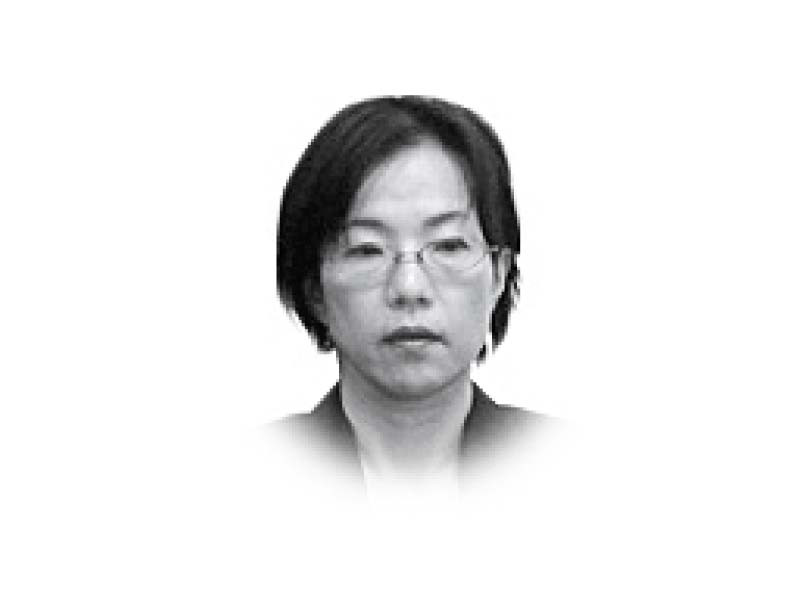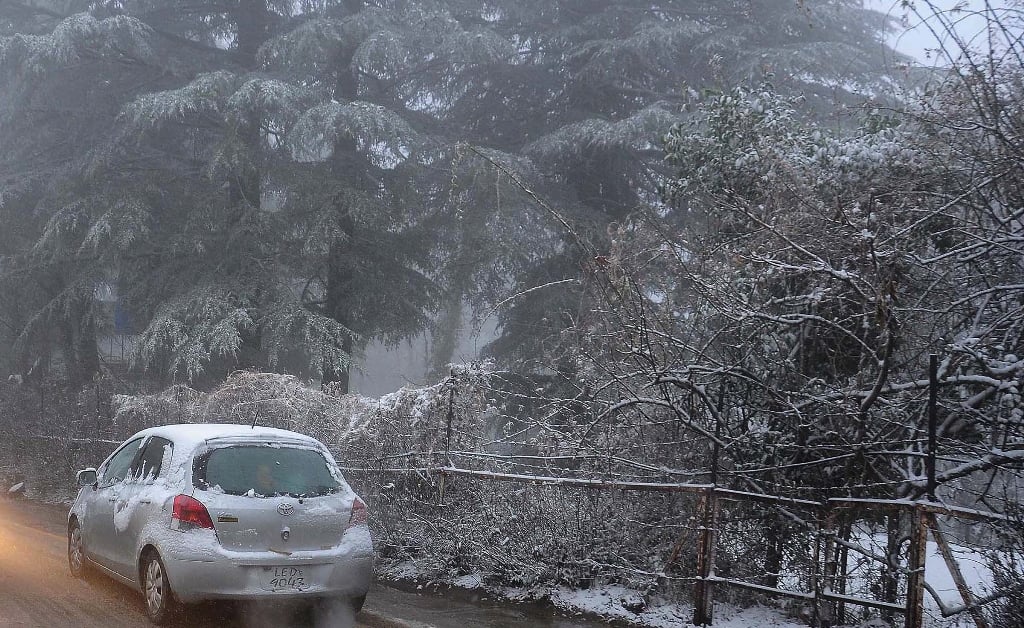
Enrolment has improved greatly in Pakistan in recent decades but quality and equity still need to be addressed. Partnering with private companies could speed the process.
Education is an essential aspect of human development. It develops cognitive skills and enhances the productivity and innovation of a country’s population. Since 2010, the provision of free and compulsory quality education to children aged five to 16 has become required in the Constitution of Pakistan and expansion of education opportunities has been embraced in the country’s national long-term strategy.
Even though overall school enrolment and educational attainment have improved countrywide over the last two decades, Pakistan still faces grave challenges in providing high-quality and adequate education to eligible children. Almost 23 million, or 44% of children between the ages of 5 and 16, are out of school. The percentage of out-of-school children is significantly higher in rural versus urban areas.
Stark disparities exist in access to school and quality of education across the country. In 2019, Pakistan had a gross primary education enrollment rate of 95.4%. However, only 70% of the children entering primary school were estimated to reach Grade 5, with considerable provincial differences.
Gross and net enrolment rates at the primary, middle, and high school levels in Sindh and Balochistan consistently fall below those in Punjab and Khyber Pakhtunkhwa. Students’ unwillingness to attend school has been attributed to a shortage of schools, substandard quality of education, and teacher absenteeism. Inadequate basic infrastructure, such as electricity, drinking water, boundary walls and toilets has also been a problem.
Compared to primary schools, the number of secondary-level schools is much lower, especially in rural communities. Fewer secondary schools mean that the physical distance and travel time from home to school increases. Long home-to-school distances and poor transportation and communication facilities are also key causes of high dropout rates, particularly in regions with difficult geographical terrains and communities affected by conflict and natural disasters. Schools and teachers’ provisions in these regions are problematic, and school commuting poses a significant challenge, especially for girls.
The challenge in access to post-primary school education is even more severe. The majority of public schools (80%) are primary schools, and only 20% are middle and secondary schools. Limited access to affordable and good-quality post-primary schools is a fundamental cause for low post-primary enrolment rates.
A non-conducive environment for learning at schools further reduces both students’ and parents’ motivational levels. Classrooms tend to be overcrowded, with a low teacher-student ratio, hampering effective in-class learning. Outdated pedagogical practices, inadequate subject-specialists, non-merit-based teacher appointments, high turnover rates, and multigrade teaching exacerbate the situation.
Since teachers are the most important component of an education system, providing adequate numbers of effective and qualified teachers is imperative to improving student learning levels and reducing dropout rates. Provincial authorities need to regularly hire new teachers, with a focus on math and science subject specialists.
In addition to expanded teacher recruitment, the process of teacher deployment across schools and across grades within schools needs to be optimised. This strategy will also help eliminate multigrade classrooms. Teachers should be well trained to engage students in classroom discussions, develop critical thinking, support holistic development, and effectively handle weak learners.
It is evident that more investment in school education is needed to address the challenge of uneven access to school and improve the quality of teaching. Public spending on education is only below 3% of Pakistan’s gross domestic product, much lower than in other comparable countries, and still, provincial governments recurrently spend below their budget allocation.
Further investment and reforms are needed to improve access, quality, and governance. In particular, the government needs to increase the fiscal budget for secondary education to augment access to schools. Given the public-school dominance, the increased fiscal outlay for education is essential to increase the number of schools and upgrade school facilities.
The use of information and communication technology and the e-learning system could be considered. Non-salary operating expenses and developmental expenditures are critically important for key inputs and quality initiatives, such as teacher training. Thus, non-salary budget allocations and execution rates for school education need to be increased substantially.
The government alone cannot accomplish the task of providing quality education to all eligible students. The private sector would play a monumental role in improving access to schools and the quality of education. For this, productive public-private partnerships should enhance the reach and quality of post-primary education. Such partnerships in education are a long-term contractual relationship between the government and a private sector operator to deliver education infrastructure and services. They should leverage the private sector’s innovation and new technology for more effective delivery of education services.
Work needs to be done toward curriculum and assessment reform, teacher management, and the production, use, and analysis of quality data at the provincial departments of school education. More resources should be devoted to the training of staff responsible for curriculum and textbook development.
Provincial authorities must strive to reduce political interference and increase transparency at the district and subdistrict levels of the education management system. Professionalising district education management, hiring enough officers at the district and subdistrict level via a merit-based process, and building their management and leadership capabilities would enable them to provide support and supervision to schools much more effectively.
Pakistan has the opportunity to dramatically improve its education system. The right policies need to put in place for this generation of students to benefit.
Published in The Express Tribune, May 25th, 2021.
Like Opinion & Editorial on Facebook, follow @ETOpEd on Twitter to receive all updates on all our daily pieces.


















COMMENTS
Comments are moderated and generally will be posted if they are on-topic and not abusive.
For more information, please see our Comments FAQ